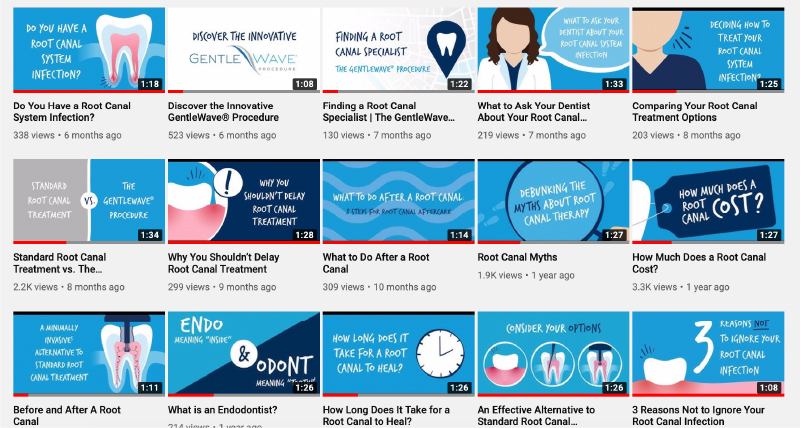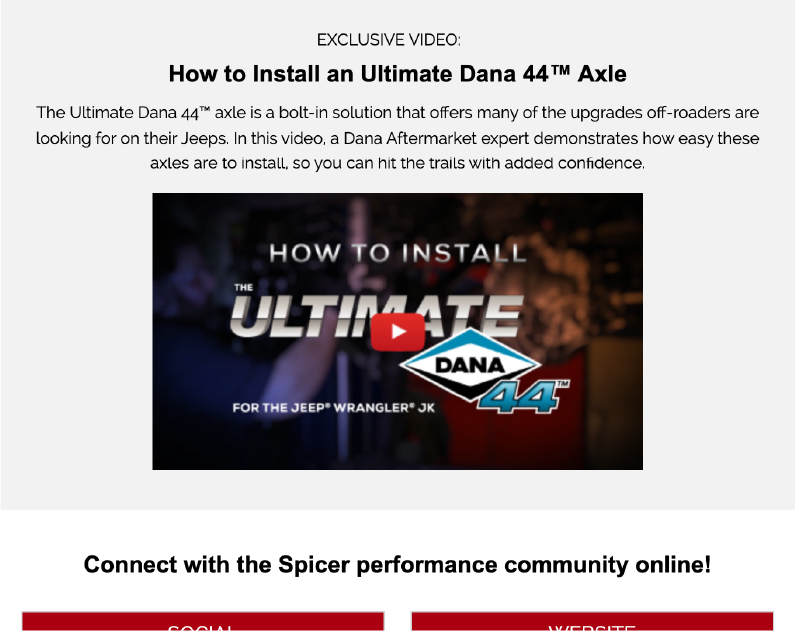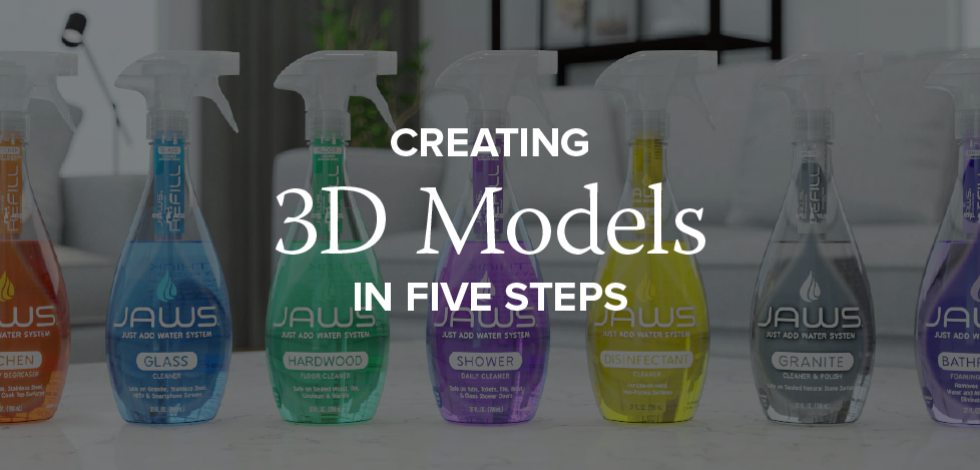With YouTube maintaining its position as the world’s second largest search engine—and processing over 3 billion searches per month—it’s clear that video is sustaining its role as a key part of any brand’s marketing plan.
Does your brand currently market with video content and if so, is it being done correctly?

The Truth About Video Marketing
If your brand is still debating the importance of video in marketing, take a look at the below.
- A third of all the time people spend online is dedicated to watching videos (HubSpot Research).
- 54 percent of consumers want to see videos from brands they support HubSpot Research).
- 39 percent of business decision makers contact a vendor after viewing a brand video (HubSpot Research).
- 90 percent of viewers say product videos are helpful in the decision-making process (Raw Shorts).
- Viewers retain 95 percent of a message when watching it in a video compared to only 10 percent when reading it via text (G2Crowd).
By taking information and displaying it through video, you can provide a quicker and easier way for your customers to consume content. It’s clear that video marketing isn’t going away any time soon. And if you still haven’t incorporated video into your marketing strategy, here’s how you can get started.
Setting Realistic Goals—and Budgets
If you’ve decided to add video to your marketing mix, the first step is deciding what you’re trying to accomplish. Setting measurable goals helps give your video purpose and allows you to see what’s working and what isn’t. Some attainable goals you can strive for include:
- Increasing brand awareness
- Generating more leads
- Driving more sales
- Improving viewer engagement
Setting an achievable goal will help drive your video strategy. But it’s also necessary to consider what your budget will be. Setting your budget allows you to better understand the available paths you can explore to reach your goal. Ask yourself: will your video be created in-house or outsourced? How many people will be needed? How much time and effort will this project take? All of this should be considered when setting goals so you have an idea of how you can get the best video content—without paying a fortune.
You’ll then want to understand how to create successful video content. Remember, there’s more to it than just hitting the record button.

How to Create Quality Video Content
Whether you’re utilizing the latest high-tech gear or just your smartphone, you can still create awesome video content that your audience will love. But successful video content will require more than just having a camera. Read on to learn what else you need to consider when creating video.
Compelling Introductions
Always make sure when producing a video that the first few seconds are used wisely. The average attention span of viewers is steadily declining, currently at 8 seconds for internet users. That means you need to help people understand what the video is about and why it’s important upfront. Use an interesting, attention-grabbing hook.
Consider these key ways to reel in your audience:
- Avoid being vague. Tell your audience exactly what they’re getting into when they click on your video.
- Be relatable. Give your viewers content they can understand or sympathize with. Don’t be afraid to use emotion to humanize your brand.
- Tell a story. Format your video in a way that drives a connection. People don’t want to feel like they’re simply watching another sales pitch.
- Share an important statistic or fact that gives your content credibility and may surprise viewers.
Get your audience interested in the first few seconds, and you’ll increase the odds they’ll continue watching.
Subtitles
One effective way to improve your content? Add captivating subtitles on all of your videos. Due to Facebook’s default viewing setting, 85 percent of users watch video without sound, meaning subtitles can help ensure that your message is shared—even if the volume is off.
And subtitles aren’t just important on Facebook videos, either. YouTube videos that have subtitles can see up to 40 percent more views. Integrating copy into your video can help improve your engagement and ensure your audience is aware of your message.

Engaging Descriptions & Thumbnails
If uploading your video to YouTube, you’ll also want to keep in mind what the description and thumbnail are going to look like. Descriptions should include a brief summary of what viewers will learn by watching the video. Additionally, the description area is a great place to promote relevant resource links to your other content that may viewers may also be interested in, driving increased traffic and promoting more of your content.
When it comes to thumbnails, platforms like YouTube will automatically generate an image, but creating and uploading your own allows for more customization and better brand recognition.
The recommended image specifications* for YouTube thumbnails are:
- Sized at 1280 x 720 pixels
- Formatted in .JPG, .GIF, .BMP, or .PNG
- Under the 2MB limit
*As of October 2019
Consider creating consistent branding for your videos, so viewers will know it’s you the moment they see your thumbnail.

Call to Action
Including a call to action at the end of your video can help drive further engagement from your viewers. This can be as simple as asking viewers to give their opinions on a topic or inviting viewers to watch another video on a similar topic.

Where to Promote Your Video Content
It’s true that video marketing can have a positive impact on your overall marketing strategy, but that success can depend on where you’re promoting it. And keep in mind that some video content may make more sense on certain platforms than others.
Social Media
There are currently about 3.2 billion active social media users worldwide, and these platforms offer some of the best channels for connecting with customers. Whether your audience is B2B or B2C, having a social media presence offers numerous benefits for increasing your brand awareness, building trust and ultimately selling to your target audiences.
When you incorporate video content that is informative and engaging into your social channels, your audience may be more inclined to share this video content with their social media followers and friends. That means an increase in reach of your content organically. Quality video content can make your audience loyal brand advocates who further push your message into the social world—without added budget or work for you.
The Impact of Live Video
Social media platforms like Facebook, Instagram, Twitter and YouTube now have a live video feature that allows creators to stream video content in real time. This has been incredibly useful in brand promotion for companies as a way to provide a more human connection to their audiences.
Facebook specifically has started putting more emphasis on its Live feature, making it an integral part of a brand’s marketing plan. While video can help maintain strong News Feed rankings, Facebook users are also 10X more likely to comment on Live videos than on regular videos. Plus, Facebook Live videos have an engagement rate of 4.3 percent compared to 2.2 percent for non-Live videos. And, when coupled with produced videos, real-time videos can help keep your brand top of mind on social channels while further promoting your content.
Website
Video can play a significant role in conversion rates for your website. Forbes notes that embedding videos in landing pages can increase conversion rates by 80 percent—which can hugely improve the impact of your website. And, visitors tend to spend 88 percent more time on a website that includes video. A high-quality, relevant video can help drive people to your website homepage, improving search rankings. This could be as simple as an introduction video on your homepage or a welcome video explaining all of your products and services.
By creating a capabilities video piece for Metzgers, Concentrek was able to showcase the depth of Metzgers’ printing and fulfillment services. Our first step was establishing what Metzgers’ goal was—to thoroughly explain all of their offerings in a visual, eye-catching way to both existing customers and prospects.
Through script creation, directing the video shoot and sourcing a voiceover for easier digestion of content, Concentrek was able to help Metzgers meet their goal. This informational video was then embedded on Metzgers’ homepage so that visitors are able to quickly learn about all of Metzgers’ services without the need to spend too much time searching. This was especially helpful for customers who may be out of state or cannot physically visit Metzgers still see their facilities and learn about their services.
Blogs
Embedding videos within your blogs is another useful method of supporting your content. Incorporating video content within similar content on your website can not only increase its chance of being viewed but can also summarize or freshen up your older blog content. Plus, videos can help viewers better understand the content you’re presenting to them, especially since 65 percent of people are visual learners.
Email Campaigns
Another useful way to promote your video content is to embed clickable links within emails. And because email is still an effective way to reach your customers, you’ll want to consider using this outlet if you aren’t already. It’s also helpful for boosting search engine optimization, as those incorporating video are getting 41 percent more search traffic than those not incorporating video.

Analyzing Your Video Efforts
Successful video content is an integral part of a marketing strategy. But you don’t want to just share your videos and then forget about them. The final step in incorporating video into your marketing plan is to analyze your effort so you can determine if your videos were successful in helping you achieve your goals—or fell short.
The metrics that are the most important to you will depend on what your original goal is. Here are some effective metrics to consider:
- Engagement: This can help determine how long people are watching your video for or if they close out of the channel at a certain point.
- Social Sharing: If you’re looking to spread brand awareness, you can track the number of shares your video received, which can be measured across social channels.
- Click-Through Rate: You can measure the click-through rate to determine the number of people who actually followed through with your CTA by taking an action.
- View Count: If you aim to increase the number of people who have seen your content, you can track the number of views the video has received.
Tracking your video performance allows you to improve your video creation process—and ultimately help achieve your goals.
Take the Next Step
Ready to work with a team skilled in video production and promotion? Reach out to us today.




